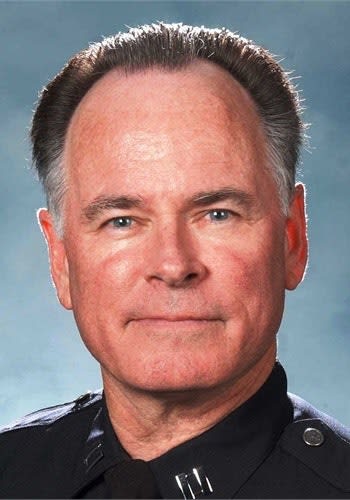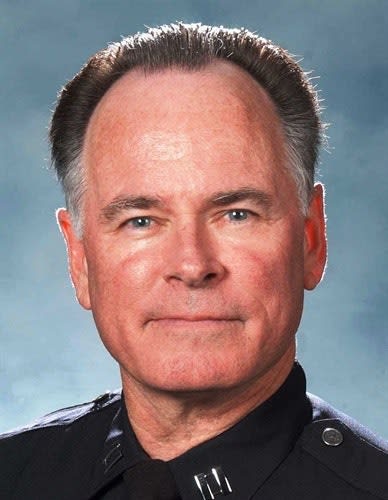After an incident occurs, the usual gang of opportunists crawls out of the woodwork to get in front of as many television cameras and microphones as possible to sell their race-based political agenda. For the most part the pseudo-journalists and their bosses give the opportunists free reign to promote a single point of view (and pollute the jury pool) without asking them any hard questions.
What the media usually fails to discuss is that the law recognizes the speed and complexity of the demands made on officers in these encounters. That is why investigations take time and cool heads. The media has neither, and they are governed by other laws, ones that have more to do with profit and political agendas than with the facts.
How hard would it be for a journalist to ask meaningful questions when they interview someone?
"Thank you for your point of view, Rev. Sharpton and Mr. Family Lawyer. Of course this is a tragedy for the family, the community, but also for the officers. Do you have a comment about that videotape of the 6-foot 4-inch, 292-pound young man committing a violent felony (strong-arm robbery, in the Ferguson case) a few minutes before the shooting? How do you think that officer got his face injured? What are your thoughts about the soundtrack of the video made right after the shooting where a witness said that the guy kept charging at the officer? Do you think the fact that (as of late August) 29 American police officers had been murdered by gunfire so far this year—one per week, a 47% increase over 2013/2014—might have played on the officer’s fear during the struggle? Do you plan to attend any police funerals or organize any demonstrations on their behalf?"
The media’s obsession with "unarmed youth" who unfortunately on occasion do get shot by the police can be charitably described as “ignorant.” No 6-foot 4-inch, 292-pound “youth” is "unarmed." There’s a reason that about 10 percent of police officers who are murdered by gunfire are shot with their own guns. It’s because they get overpowered by someone who decides to kill them. There’s a reason why an "unarmed" suspect who attacks with his or her hands and feet and seriously injures someone is booked and prosecuted for “assault with a deadly weapon.” Because it’s assault with a deadly weapon.













